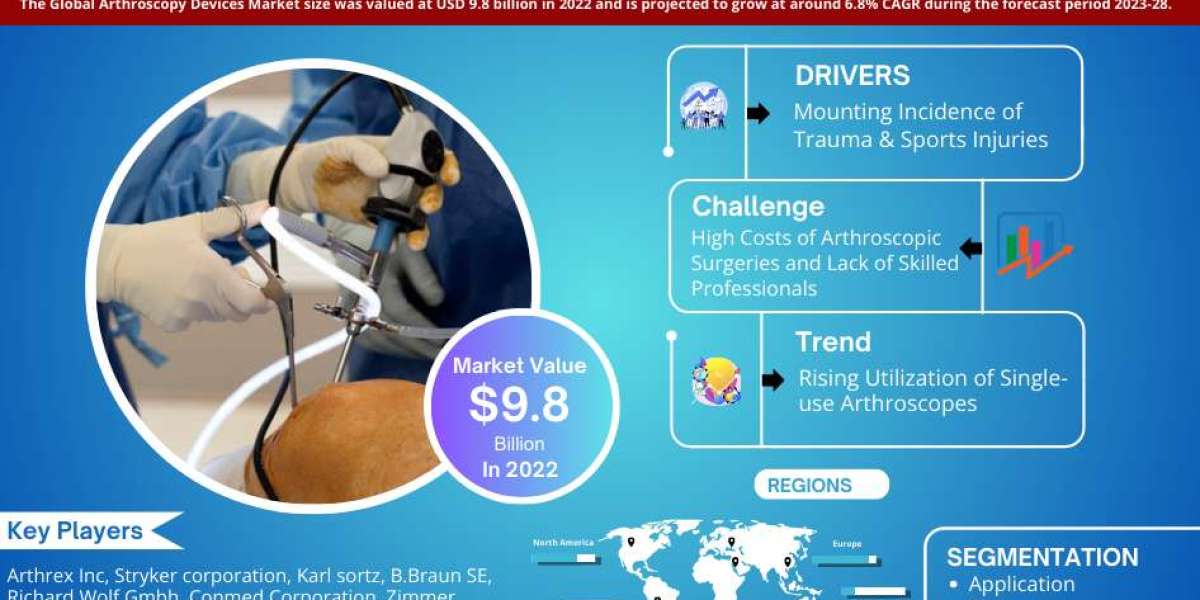Your restaurant’s menu board is more than just a list of food options. It’s a powerful tool that influences customer choices and impacts sales. One way to make your restaurant menu board stand out is by using colors strategically. With digital signage software, this becomes even easier, allowing you to experiment with different color schemes, text, and design layouts to create a visually appealing menu. Let’s explore how to use colors effectively to attract customers to your menu board.
1. Understand the Psychology of Colors
Colors evoke emotions, and each color has a unique psychological impact. Before choosing colors for your restaurant menu board, it’s important to understand how different colors affect your customers:
- Red: This is one of the most effective colors for restaurants. It stimulates appetite and creates a sense of urgency, which can encourage customers to make quick decisions.
- Yellow: Known for its brightness, yellow grabs attention and conveys a sense of happiness and energy. It pairs well with red for a bold, appealing menu.
- Green: Often associated with health and freshness, green is a good choice for restaurants that focus on organic or vegetarian options.
- Blue: While blue is not typically used in food advertising because it suppresses appetite, it can still be used for contrast or to create a calm, relaxed atmosphere.
- Orange: Similar to red, orange creates excitement and can stimulate hunger. It’s a great choice for casual dining establishments.
2. Highlight Key Items with Contrasting Colors
Digital signage software makes it easy to highlight key menu items by using contrasting colors. When a color stands out from the rest of the menu, it draws the customer’s eye. For example, you can use bold, warm colors like red or orange for your best-selling items or promotions. Contrast these colors with cooler tones like blue or green for the rest of the menu to make the important items pop.
Another strategy is to use a bright background with dark text or vice versa. This contrast improves readability and ensures that customers can quickly and easily see the most important information.
3. Keep the Design Simple and Consistent
While colors can draw attention, it’s important not to overwhelm your customers. Stick to a limited color palette that reflects your restaurant’s brand identity. Using too many colors can confuse the eye and make your restaurant menu board look cluttered.
With digital signage software, you can experiment with different color combinations until you find the one that works best for your restaurant. Consistency is key—stick with the same color scheme throughout your menu to create a cohesive and professional look.
4. Use Color to Organize Information
Colors are also useful for organizing information on your menu board. You can use different colors to separate sections such as appetizers, main courses, and desserts. This helps customers navigate the menu more easily and quickly find what they’re looking for.
For example, you can use a bright color like orange or red for the “Specials” section and a more neutral color like grey or white for regular items. Digital signage software allows you to change these colors with ease, letting you update your menu for seasonal promotions or new additions.
5. Stay On-Brand
Finally, remember that your menu board colors should reflect your restaurant’s branding. If your brand uses earthy tones, stick with greens and browns. If you run a fast-food restaurant, bolder colors like red and yellow may work best. The colors on your menu board should complement your overall decor and branding to create a unified experience for your customers.
Conclusion
Your restaurant menu board is a crucial part of the dining experience, and using colors strategically can help attract customers and drive sales. By understanding color psychology, highlighting key items with contrasting colors, and keeping your design simple and organized, you can create a menu board that grabs attention and makes it easier for customers to make decisions. With the flexibility of digital signage software, you can easily update your menu and experiment with different color schemes to find what works best for your restaurant.



